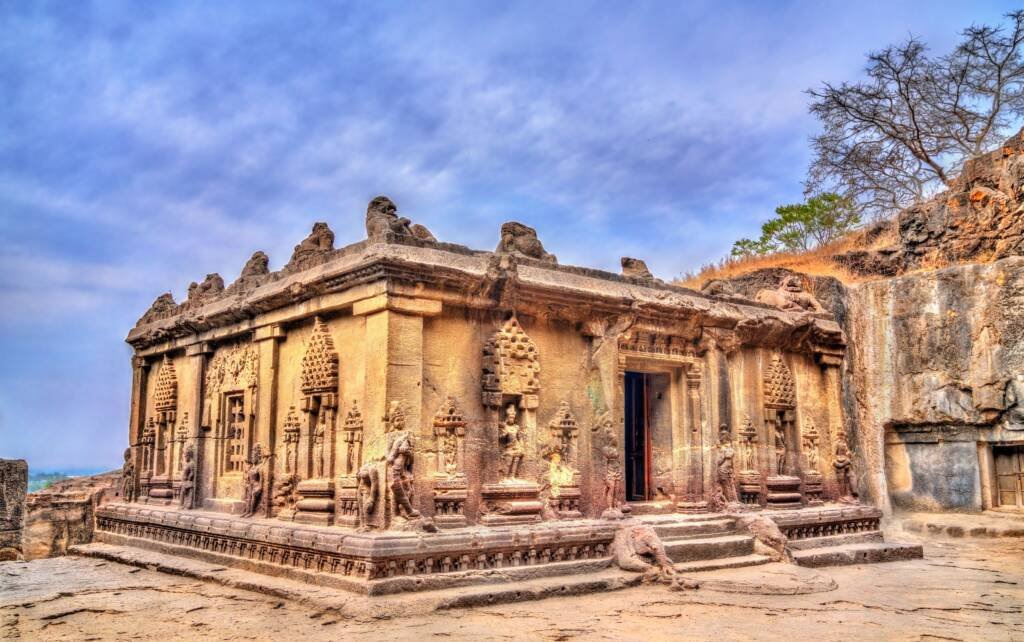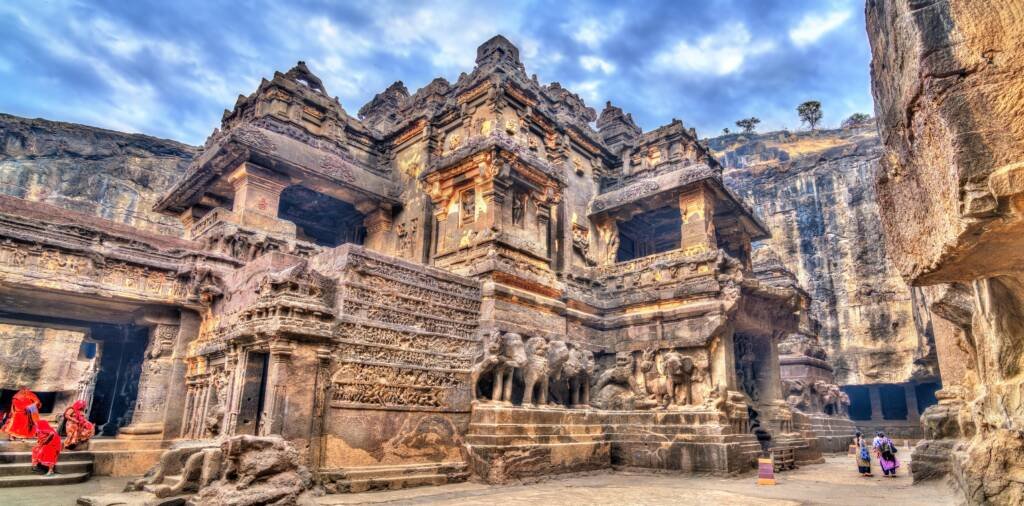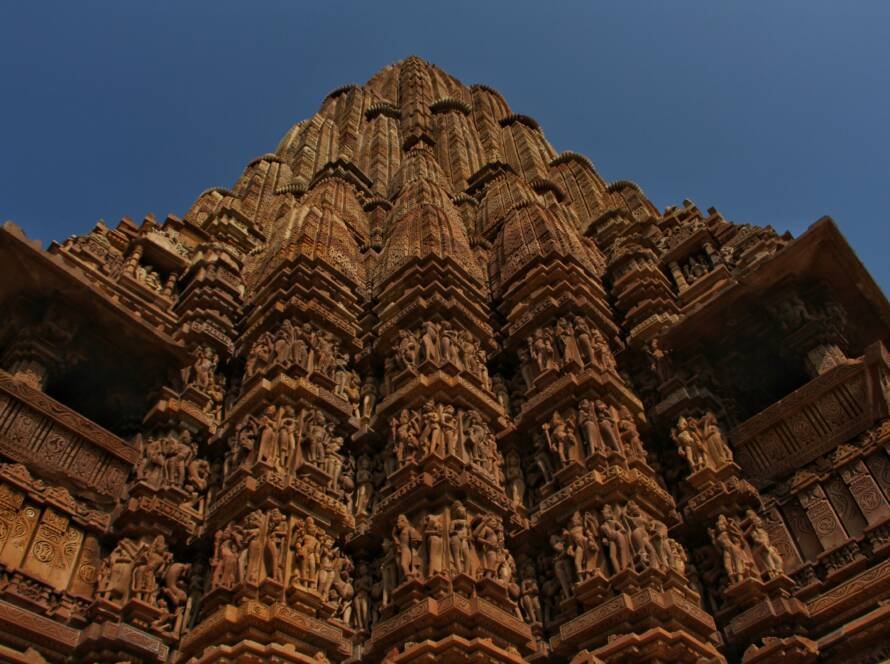India, with its profound cultural and historical wealth, is home to numerous architectural marvels that continue to captivate the imagination of people around the world. Among these treasures, the Ajanta and Ellora Caves in Maharashtra stand out as a testament to the artistic brilliance and spiritual depth of their creators. These UNESCO World Heritage Sites, carved out of solid rock, are not only feats of engineering but also repositories of exquisite art and rich history, offering a serene and awe-inspiring glimpse into the spiritual life of ancient India.
The Ajanta Caves, dating back to the 2nd century BCE, are a series of 29 rock-cut cave monuments that exemplify the pinnacle of ancient Indian art and architecture. Nestled in the horseshoe-shaped bend of the Waghora River, these caves were initially used as monastic retreats by Buddhist monks. The walls of these caves are adorned with intricate frescoes and sculptures that vividly depict scenes from the life of Buddha and the Jataka tales, which narrate the previous lives of Buddha. These paintings, renowned for their exquisite detail, vibrant colors, and expressive forms, are among the finest surviving examples of ancient Indian art. They offer a captivating insight into the spiritual and everyday life of the period, reflecting the profound devotion and artistic excellence of their creators.


The Ellora Caves, located about 100 kilometers from Ajanta, present a magnificent confluence of three major religions: Hinduism, Buddhism, and Jainism. Carved out of a single rock face, the 34 caves at Ellora date back to the 6th to 10th centuries CE and showcase an incredible diversity of religious art. Among these, the Kailasanath Temple (Cave 16), dedicated to Lord Shiva, stands out as a remarkable example of the Rashtrakuta dynasty’s architectural prowess. This monolithic structure, carved entirely from a single rock, is considered one of the most impressive cave temples in the world.
The temple’s massive scale, intricate carvings, and the sheer engineering feat of creating a free-standing rock temple continue to amaze visitors and scholars alike. The walls and ceilings of the Kailasanath Temple are adorned with detailed sculptures depicting various Hindu deities, mythological scenes, and intricate floral designs, reflecting the rich artistic and spiritual heritage of ancient India.
The Hindu, Buddhist, and Jain temples at Ellora collectively demonstrate the religious harmony and cultural diversity of the time. The Buddhist caves, including the impressive Vishvakarma Cave (Cave 10), feature large, elaborately carved statues of Buddha and intricately detailed stupas. The Jain caves, such as the Indra Sabha (Cave 32), are known for their detailed carvings and serene ambiance, reflecting the Jain principles of non-violence and asceticism. Each set of caves offers a unique perspective on the religious and artistic traditions of ancient India, highlighting the spiritual devotion and artistic ingenuity of the time.

The Ajanta and Ellora Caves are not merely architectural marvels; they are sanctuaries of spiritual and artistic expression that offer invaluable insights into the religious, cultural, and artistic traditions of ancient India. These caves, with their serene beauty and intricate artistry, continue to inspire and captivate visitors from around the world. They stand as a testament to the enduring legacy of ancient Indian civilization, a legacy that celebrates the confluence of art, religion, and human creativity.
In visiting the Ajanta and Ellora Caves, one embarks on a journey through time, experiencing the serene beauty and profound spirituality that these ancient monuments embody. The intricate carvings, vibrant frescoes, and monumental rock-cut temples are not only a tribute to the skill and devotion of their creators but also a window into the rich cultural tapestry of ancient India. The serene beauty of these caves continues to resonate, offering a timeless testament to the grandeur and spiritual depth of India’s ancient heritage.



